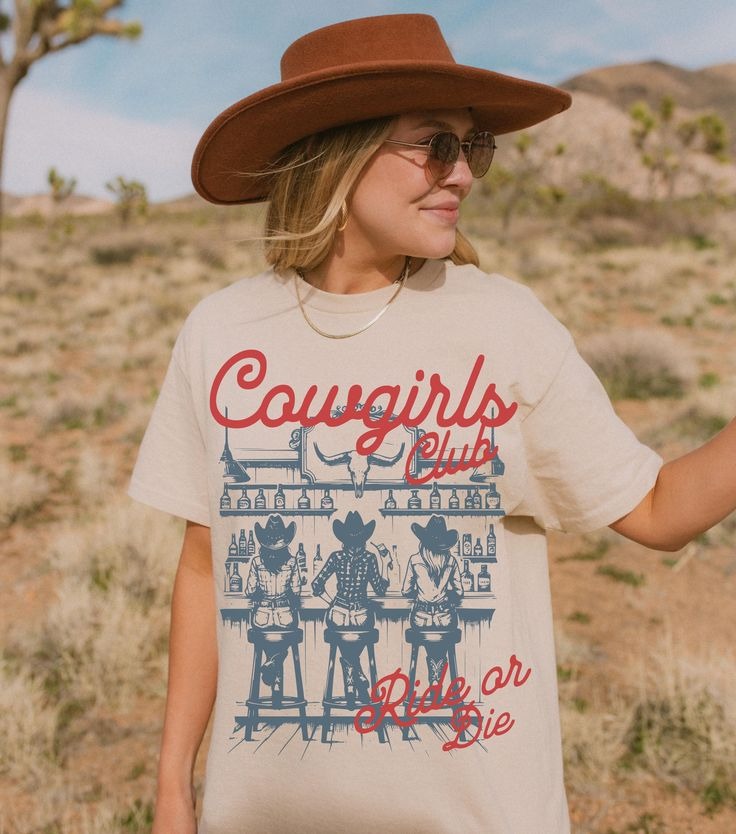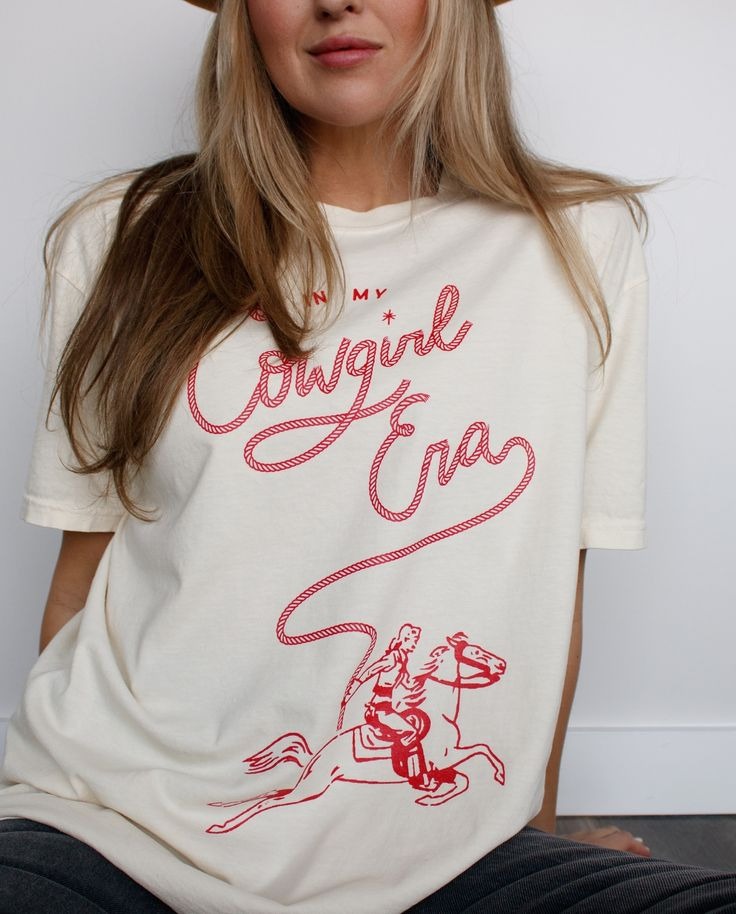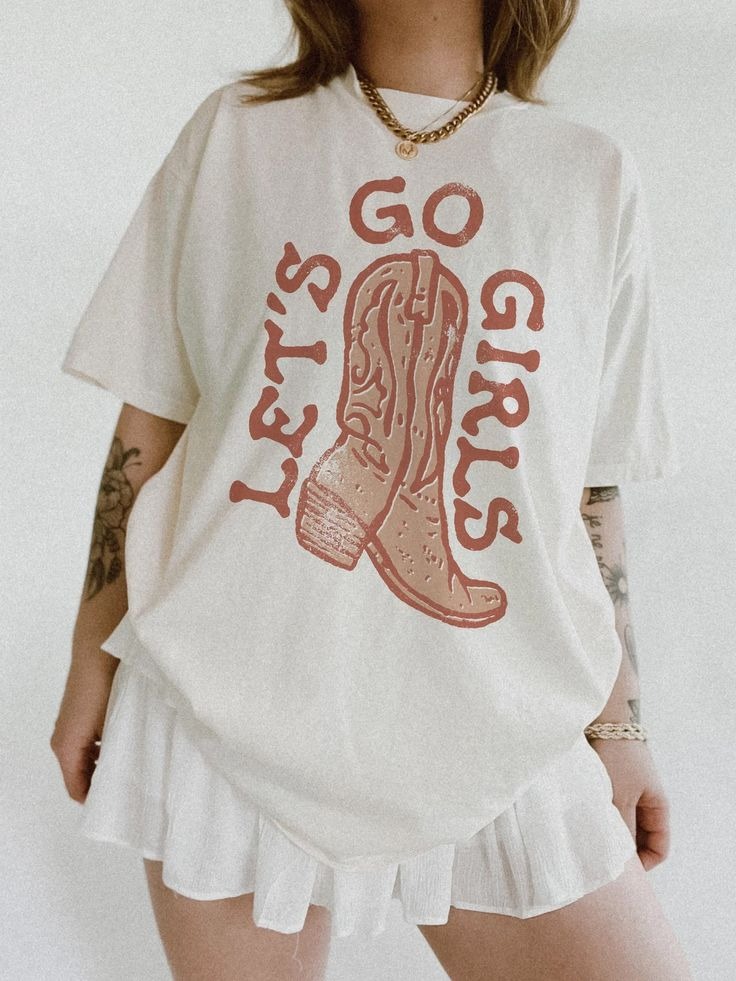No products in the cart.: 0,00$
T-Shirts: A Boundless Journey through Legacy, Innovation, and Influence

T-Shirts: A Boundless Journey through Legacy, Innovation, and Influence
Introduction
The T-shirt stands as one of the most paradoxical garments in fashion history. Its seemingly elementary design—a torso panel joined to two sleeves by a simple neckline—belies an extraordinary depth of narrative, innovation, and cultural resonance. From its cryptic origins in naval workwear to its present-day incarnation as a virtual avatar wardrobe staple, the T-shirt has traversed an ever-expanding landscape of material science breakthroughs, landmark collaborations, political mobilizations, and environmental reckonings. This sprawling exploration seeks to map that terrain in unprecedented detail, tracing obscure historical antecedents, dissecting the intricacies of global supply chains, celebrating underappreciated creative milestones, probing advanced textile engineering, and casting a visionary gaze toward a future defined by circular economies and bio-digital convergence. In weaving together these threads, we reveal the T-shirt not as a humble basic but as a living archive of human ingenuity, aspiration, and responsibility.
Historical Foundations: From Hidden Undergarment to Cultural Catalyst
The T-shirt’s story begins far from the glamorous runways and boutique storefronts of today. In the mid-nineteenth century, as industrialization reshaped European and American societies, textile mills sought alternatives to the multi-layered cotton and linen shirts that constrained laborers and sailors. Early experiments with one-piece knitted jerseys produced garments prized for their breathability and rapid drying, essential for those working in sweltering factories or aboard damp wooden decks. Yet these knitted underlayers remained concealed beneath heavy vests and overalls, fulfilling purely functional roles.
It was only in times of global conflict that the undergarment slipped into the public eye. During World War I, irregular supplies of standard uniforms prompted some militaries to distribute cotton jerseys in training camps, but the garment largely stayed out of sight. World War II, by contrast, thrust the knit undershirt into countless tropical theaters—from Guadalcanal to El Alamein—where its cooling properties and ease of laundering proved indispensable. Returning veterans, conditioned by hot nights under canvas and damp jungle entanglements, gravitated toward the comfort of their regulation tees, repurposing surplus stock for civilian leisure.
Simultaneously, Hollywood’s lens captured and amplified this sartorial shift. On-screen moments such as Marlon Brando’s wrinkled white shirt in “A Streetcar Named Desire” and James Dean’s stark tee in “Rebel Without a Cause” refracted the once-hidden garment into a potent symbol of youthful defiance. Across American drive-ins and suburban backyards, the T-shirt emerged from obscurity to ubiquity, inaugurating an era of casual culture that would ripple through subsequent decades and continents.
Materials and Manufacturing: The Relentless Pursuit of Performance and Sustainability
From its early cotton jerseys to today’s bio-engineered blends, the T-shirt has served as a canvas for textile innovation. The loosely spun ring-frame cotton of military issue offered breathability but suffered from pilling and distortion. The 1950s arrival of ring-spun cotton, in which fibers were twisted and thinned prior to knitting, yielded yarns of superior strength and smoothness. The subsequent fitness booms of the 1970s and 1980s propelled synthetic fibers into the mainstream. Polyester and nylon blends contributed rapid-drying and wrinkle-resistant properties, while spandex introduced four-way stretch, enabling tees that moved and recovered with the body. Chemical finishes—hydrophilic moisture-wicking coatings, antimicrobial treatments, and UV-protective additives—further blurred the line between activewear and everyday basics.
In the twenty-first century, an urgency born of environmental concerns has catalyzed adoption of alternative fibers and closed-loop systems. Regenerated cellulosics—lyocell, modal, bamboo viscose—are derived from wood pulp and processed in solvent-recovery systems that minimize chemical discharge. Recycled polyester spun from post-consumer plastic bottles has diverted significant waste from landfills, though its propensity to shed microplastics in laundering has spurred research into fiber encapsulation and biodegradable polymer alternatives. Experimental bio-fabrics incorporating agricultural byproducts—pineapple leaves, coffee grounds, orange peels—have demonstrated the potential to valorize waste streams into high-performance yarns with unique tactile qualities.
Manufacturing processes have undergone equally radical transformation. Three-dimensional knitting machines can now knit entire T-shirts to shape, eliminating cut-and-sew waste and reducing labor demands. Waterless dyeing technologies utilizing supercritical carbon dioxide achieve vibrant colors without aqueous effluents, cutting water use by up to ninety-five percent. Digital direct-to-garment printers bypass multi-step screen setups, enabling on-demand, full-color, high-resolution printing without extensive water or chemical consumption. Together, these innovations signal a shift from linear, resource-intensive models to agile, regenerative systems.
Cultural Resonance: Wearable Banners, Status Symbols, and Digital Avatars
The T-shirt’s evolution into a potent cultural instrument began in earnest during the social upheavals of the 1960s and 1970s. Activist groups opposing war, championing civil rights, and advocating environmental stewardship adopted screen-printed slogans and graphics as tools of mass mobilization. At protest marches, teach-ins, and music festivals, the humble tee broadcast urgent messages and created visual solidarity among dispersed participants. The low barrier to production meant that even nascent organizations could outfit scores of supporters with a unifying symbol, democratizing the power of public messaging.
Commercial fashion quickly recognized the medium’s persuasive potential. By the 1980s, luxury brands were plastering logos across chests, transforming a once-anonymous underlayer into a conspicuous status symbol. The rise of streetwear in the 1990s and early 2000s—born of skate, hip-hop, and graffiti subcultures—further blurred lines between counterculture and couture. Collaborations between esteemed fashion houses and underground artists yielded limited-edition “drops” that sold out in minutes, birthing a secondary resale market where rare T-shirts commanded prices far above their original tags.
In the digital age, the T-shirt has transcended the physical realm. Print-on-demand platforms empower independent designers to release micro-collections globally, bypassing traditional retail gatekeepers. Social media influencers monetize personal merch lines with real-time audience feedback, forging direct producer-consumer relationships. Virtual worlds and gaming platforms outfit avatars in branded or custom tees, and augmented-reality applications allow users to preview digital shirts before ordering or simply share virtual self-expression on social feeds. Across these physical and virtual domains, the T-shirt remains a living, adaptable canvas of identity and affiliation.
Stylistic Diversity: The Art and Science of Form, Fit, and Surface
Despite its straightforward silhouette, the T-shirt supports near-infinite variation in cut, contour, and decoration. Necklines have proliferated from classic crews and Vs to bateau boats, square scoops, layered mock collars, and dramatic off-shoulder slashes, each recasting the shirt’s relationship to the neck and shoulders. Sleeve designs span cap cuts that barely veil the shoulder, girth-enhancing dolman sleeves, raglan seams for athletic sweep, and extended three-quarter lengths. Hemlines curve into tunics, crop at the natural waist, or dip into high-low asymmetries, manipulating visual proportion and movement.
Surface treatments amplify these structural explorations. Tie-dye patterns evolve through precision resist techniques controlled by digital machinery, producing kaleidoscopic spirals and gradients with industrial repeatability. All-over sublimation printing wraps photographic vistas—urban landscapes, botanical studies, scientific data—seamlessly around torsos. Laser engraving etches micro-textures into polyester blends, while three-dimensional embroidery and appliqué lift motifs off the knit surface into tactile relief. Specialty inks—thermochromic, phosphorescent, metallic—react to temperature, light, and movement, turning the T-shirt into a kinetic sculpture that responds to its environment. In every iteration, the T-shirt remains a confluence of art and science.
Economic Ecosystem: Fast Fashion, Conscious Consumerism, and the Rise of Resale
Economically, the T-shirt occupies a spectrum ranging from ultra-cheap disposables to artisanal luxury. Fast fashion behemoths leverage global supply chains, computerized demand forecasting, and lean logistics to retail sub-$10 tees in vast volumes, fuelling a culture of disposability. Behind their low price tags, however, lie environmental externalities—overextracted aquifers, polluted waterways, imperiled ecosystems—and human costs, as workers in low-wage regions face precarious conditions and inadequate compensation.
At the opposite extreme, high-fashion houses and bespoke ateliers produce limited-edition or made-to-measure T-shirts, commanding hundreds or even thousands of dollars apiece. Each piece embodies artisanal processes—slow-batch dyeing, hand-screening, intricate hand-stitching—that confer rarity and lasting value.
Bridging these poles is a burgeoning midmarket of sustainable, transparent brands. Emphasizing fair-wage labor, traceable supply chains verified by third-party auditors or blockchain platforms, and small-batch production aligned with actual demand, these companies offer T-shirts that reflect true costs rather than hidden externalities. Subscription and rental services further invert ownership models, rotating curated wardrobes through professional cleaning, repair, and eventual recycling, extending each garment’s life.
Completing the economic mosaic is the thriving resale ecosystem. Vintage band tees from historic concerts, early streetwear collabs signed by luminary artists, and archival prints fetch premium bids on specialized platforms. Collector communities converge at pop-up markets and online forums to trade and preserve iconic pieces, reaffirming the T-shirt’s status not merely as apparel but as a vessel of cultural memory and even investment value.
Ethical and Environmental Imperatives: Reckoning with Impact and Charting Regeneration
Beneath the T-shirt’s cultural triumphs lies a sobering ledger of environmental degradation and social inequity. Conventional cotton cultivation in arid zones can demand upwards of twenty-seven thousand liters of water per kilogram of fiber. Synthetic pesticide and fertilizer runoff compromises soil fertility and pollutes rivers, while chemical-intensive dyeing processes have long discharged untreated effluents laden with heavy metals and persistent organic pollutants. The laundering of polyester blends releases microplastics that infiltrate waterways and bioaccumulate through marine food chains, presenting risks to ecosystems and human health alike.
Labor conditions add to this complexity. Garment workers—predominantly women in developing economies—often endure unsafe factories, extended hours, and wages below living thresholds. Tragic incidents, from factory fires to building collapses, have exposed systemic failures in oversight and accountability.
In response, a constellation of regenerative and circular strategies has emerged. Regenerative cotton initiatives emphasize soil restoration, carbon sequestration, and biodiversity, replacing monocropping with intercropping and cover-crop rotations. Closed-loop mechanical and chemical recycling technologies break down post-consumer textiles into new fibers or constituent monomers, while blended-fiber recovery systems promise to reclaim materials once considered unrecyclable. Waterless dyeing and digital printing drastically reduce water and chemical footprints. Blockchain-enabled “fiber passports” trace T-shirts from seed to shelf to recycling, empowering consumers with transparent provenance and labor condition data. Worker-driven safety committees, living-wage coalitions, and factory co-ops seek to rebalance power in global supply chains, embedding social justice alongside environmental stewardship. Collectively, these approaches sketch the contours of a true circular economy in which every T-shirt’s lifecycle is monitored, measured, and optimized for positive impact.
Styling and Wardrobe Integration: The Universal Core and the Personal Accent
The T-shirt’s singular power lies in its adaptability. A crisp white crew-neck in long-staple cotton can anchor tailored suiting with minimalist refinement. A draped, asymmetrical modal design lends languid elegance to dusk-till-dawn gatherings. Fitted performance tees—mesh-vented, quick-dry—sit effortlessly beneath unstructured blazers for an urbane sport-luxe silhouette. Oversized, boxy cuts balance with slim joggers and structured leather boots for modern streetwear swagger.
Seasonal layering magnifies these possibilities. A merino-blend long sleeve tees wicks moisture under parkas without bulk. Transitional months see linen-cotton pleated tees slips under unlined utility vests or unconstructed jackets. Summertime styling relies on cropped lengths, high-slit hems, and breezy fabrics paired with espadrilles and sun hats. Accessories—from silk scarves knotted at the collar to sculptural belts cinched at the waist—introduce personal flourishes without overshadowing the T-shirt’s essential simplicity. Hair, makeup, and even nails can echo a T-shirt’s palette, orchestrating cohesive head-to-toe narratives or playful contrasts.
Care, Repair, and Upcycling: Cultivating a Culture of Stewardship
Extending the life of a T-shirt demands intention. Washing inside-out on gentle cycles with cold water and biodegradable detergents preserves both fiber integrity and surface treatments. Air-drying or low-heat tumble cycles guard against shrinkage and fiber stress. Ironing inside-out on low settings maintains crispness without damaging prints or embellishments. Forgoing fabric softeners protects moisture-management finishes and elasticity.
When wear appears—frayed hems, small holes, seam stress—repair becomes an act of mindful consumption. Invisible mending restores structural continuity, while visible patchwork and embroidery transform flaws into unique signatures. Community repair cafés and digital tutorial platforms democratize these techniques, fostering a culture that values mending over discarding. Upcycling reimagines retired tees as quilts, tote bags, wall-hangings, or sculptural installations, embedding individual and shared stories into new functional forms and closing material loops.
Future Horizons: Bio-Digital Symbiosis and the Circular Revolution
Looking ahead, the T-shirt sits at the nexus of biology, material science, and digital innovation. Conductive fibers woven into knits already enable real-time biometric monitoring—heart rate, temperature, posture—streaming data to health platforms. Phase-change materials and shape-memory polymers may soon dynamically regulate insulation and airflow in response to body heat and ambient conditions, eliminating the need for multiple layers. Augmented-reality garments will overlay interactive digital art onto physical shirts, visible through smart glasses, merging the tactile and the virtual in seamless expression.
On the production front, on-demand microfactories equipped with AI-driven forecasting and robotic knitting kiosks will realize zero-inventory models, fabricating personalized shirts in minutes. Biofabrication techniques could grow cellulose and protein-based fibers in microbial bioreactors, drastically cutting land, water, and chemical demands. Carbon-sequestering polymers derived from captured atmospheric CO₂ may transform greenhouse gas into structural yarns, turning each garment into a living carbon sink. Embedded digital passports—secured on blockchain—will chronicle every T-shirt’s journey from seed to shelf to recycling, guaranteeing transparency, traceability, and accountability at every stage.
Conclusion
The T-shirt’s evolution—from hidden undergarment to global icon, from industrial basic to virtual avatar staple—embodies a tapestry of human creativity, resilience, and aspiration. Its deceptively simple anatomy houses a wealth of history, from naval decks and factory floors to protest lines and pixelated metaverses. As we confront the intertwined challenges of environmental stewardship and social justice, the T-shirt offers both a mirror and a map: reflecting the choices we make and charting pathways toward a circular, regenerative future. In every thread lies a narrative of past endeavor and future possibility, reminding us that even the most prosaic object can become a vessel of profound meaning and a catalyst for extraordinary change.




